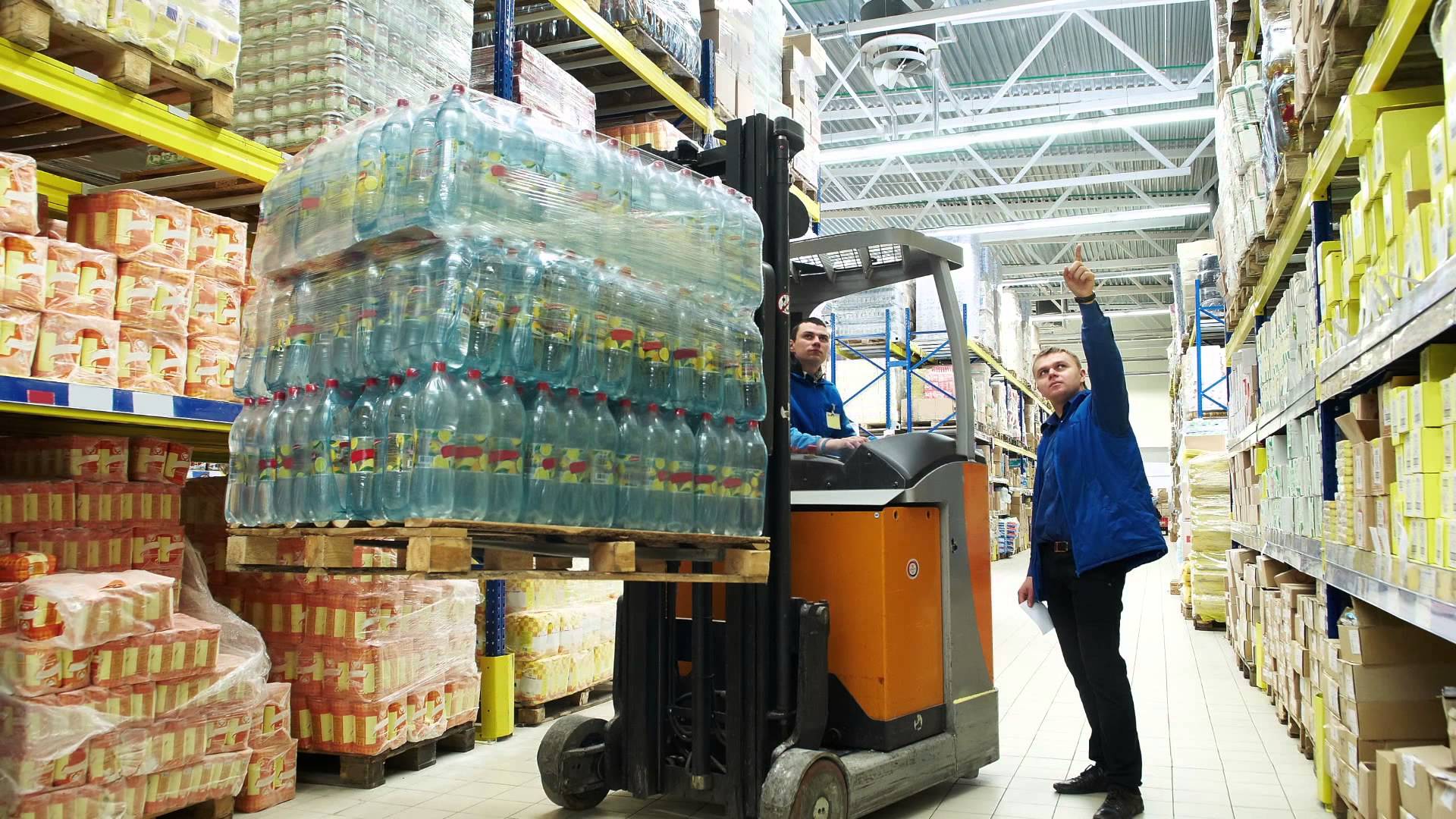
Part of working in the lean manufacturing world is understanding that there is always room to cut excess expenses. Unfortunately, at times it can be hard to decipher which expenses should go. The good news is that cutting unnecessary costs is simpler than you might think.
In an effort to clarify the lean manufacturing process, we’ve decided to form a list of 4 easy-cut expenses that every lean manufacturing company should consider.
Labor
Labor is a necessary expense that any factory manager needs to account for. However, it can also put a strain on profits if not managed correctly. Take a moment to evaluate your company’s labor force. Are your employees operating at their highest level of efficiency? If you’re not sure, you may want to consider a few options.The most obvious way to reduce labor costs is to reduce your factory’s hourly wage—though this will likely have an effect on the intrinsic motivation of your employees or your ability to retain talented people. On the other hand, a factory could reduce labor costs by studying factory processes and utilizing findings to increase the efficiency of experienced laborers. Though it is cheaper to bring unskilled labor onto a shop floor, a more efficient worker who is already experienced in your facility can provide a much stronger turn out than someone new who is being paid less. Consider offering specialized training for certain departments to illustrate how certain tasks can be performed more efficiently, minimizing wasted motion or unnecessary processing. It could bring you large savings in the long run.
Materials
Materials are another necessary expense that any production facility manager needs to account for. In many factories, up to 70% of costs are in the supply chain. As with labor expenses, there are certain considerations you should make to assure that your materials costs aren’t excessive. Think of what goes into material cost. Does a certain material you are using have more bells and whistles than it needs to? Don’t pay for them; Find a cheaper material that can uphold the same standards of quality, or consider changing the material all together. Consider ordering product in larger quantities. Units are typically cheaper when sold in bulk. Look at material movement costs as well. Does lack of careful scheduling cause expedited shipping of raw materials or products, thus driving up transport waste? In addition, employees should be trained on the best practices for producing the least amount of waste or scrap. Material saved is money in your pocket for future production.
Overhead
When thinking of factory overhead, you might instantly gravitate to larger costs like rent or a mortgage, but building costs are just one of many that can add up in overhead expenses. We’re going to ask you to think smaller: utility, supply, storage, handling, travel, supervisory, and administrative costs should all be included in these expenses as well.The easiest way to assure overhead expenses are being controlled is to set a budget and keep within that budget. Review your overhead expenses on a weekly, monthly, quarterly, and annual basis and try to cut back a few percent. If one particular overhead expense is overloading your budget, find out how you can reduce it. True diligence is the only way you will be able to keep your factory’s overhead costs inline.
Investment
Though it may seem counterintuitive, investing company capital into products or services that will help save money in the long term may be something you want to consider. New factory equipment or Enterprise Resource Planning (ERP) and Advanced Planning and Scheduling (APS) systems are just some of many solutions for companies looking to reduce cost and increase profit. They can particularly help in the area of leaning transactions – saving labor and time in the back office. If you would like to more information on Enterprise Resource Planning and Advanced Planning and Scheduling, please see here.
At the end of the day, the most important piece of successful lean manufacturing is being able to produce with less cost without sacrificing quality. For some, this involves innovation, investment, and calculated formulation; for others, this is a simple re-evaluation of current factory expenses. We hope this guide has made your ventures into lean manufacturing a bit clearer. Be sure to read our recent article on Lean Manufacturing Starter Tools to learn more about this cost-saving practice.
Related Lean Manufacturing Video
APS Resources
Topics: Lean Manufacturing, Implementation, APS, APS




















LEAVE A COMMENT